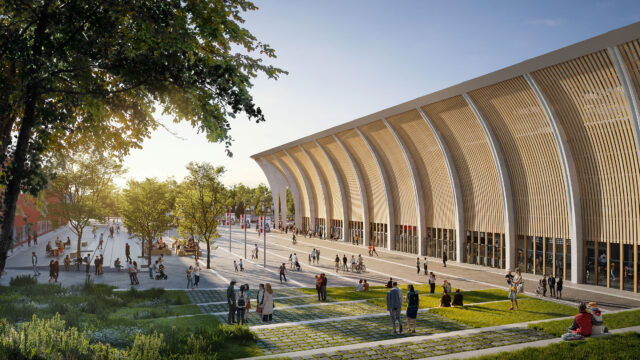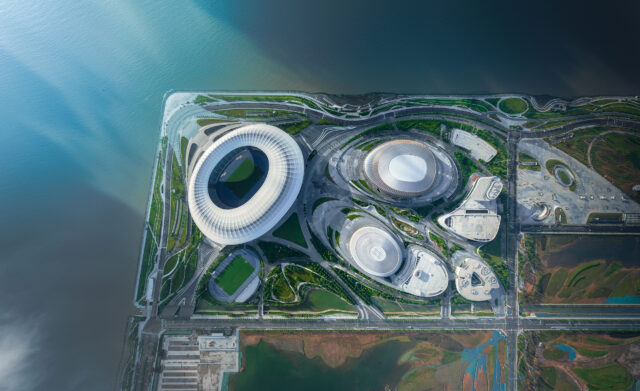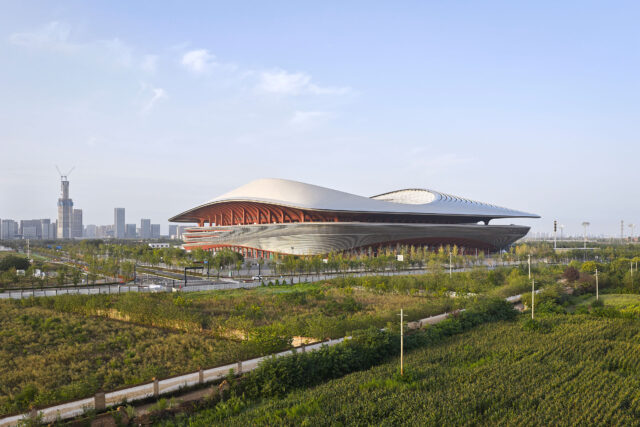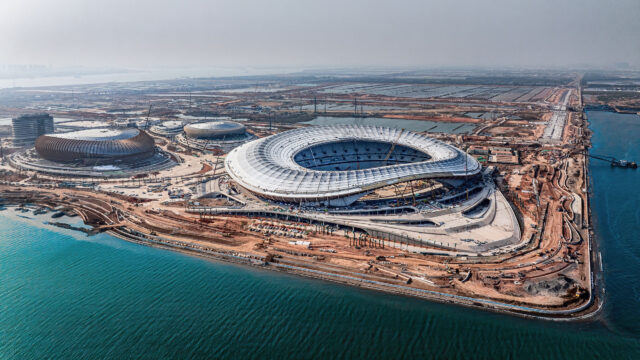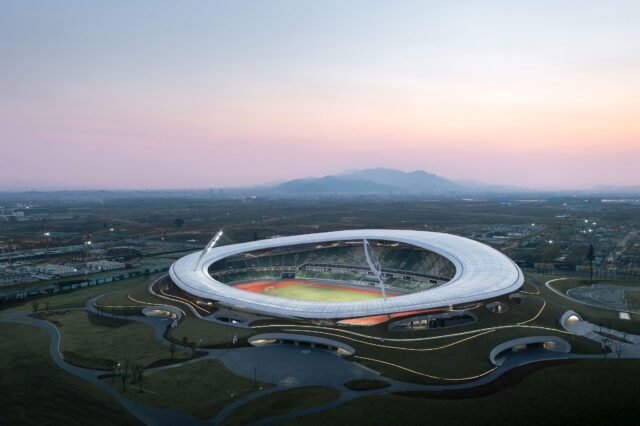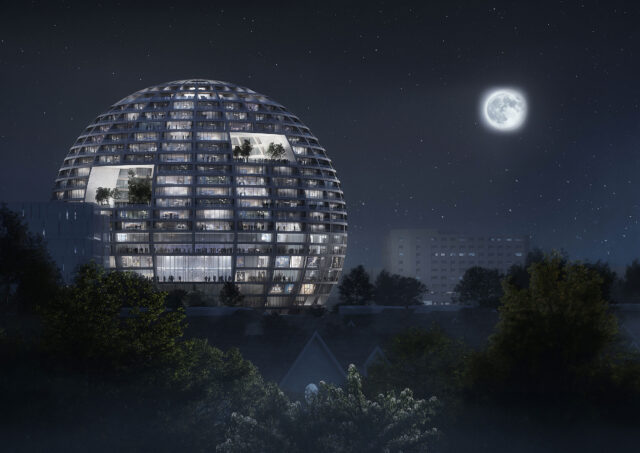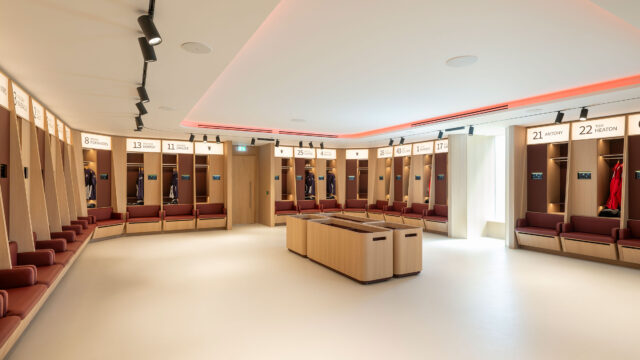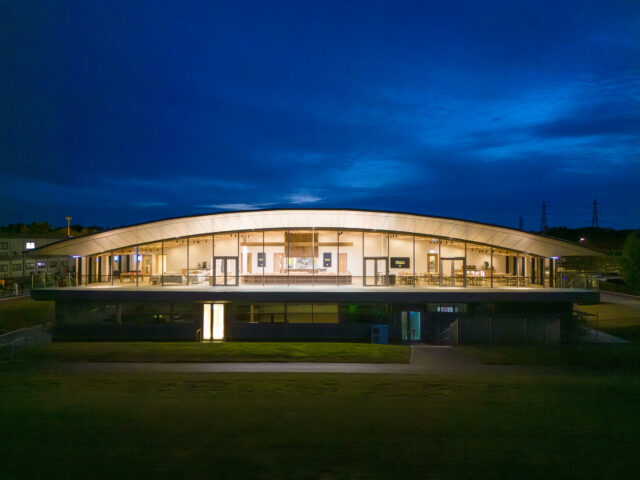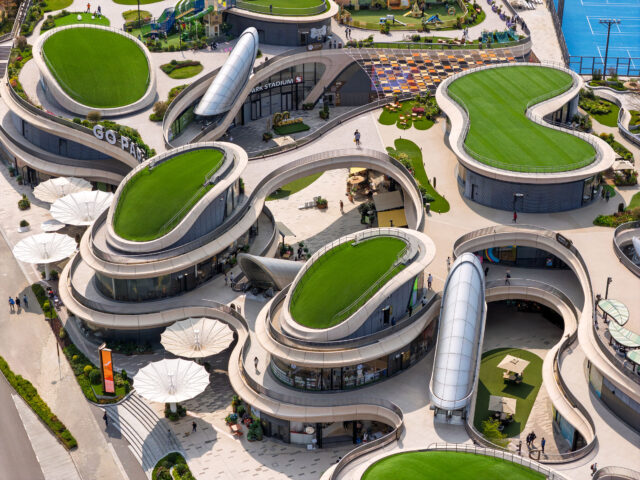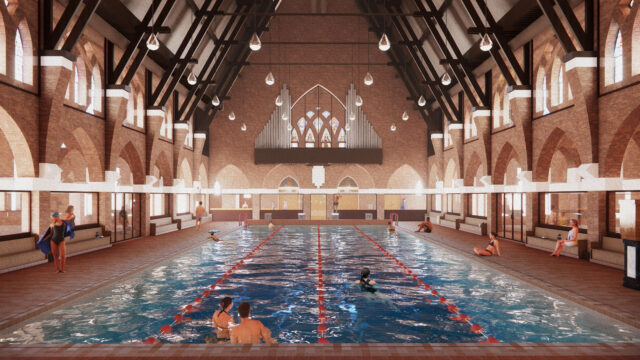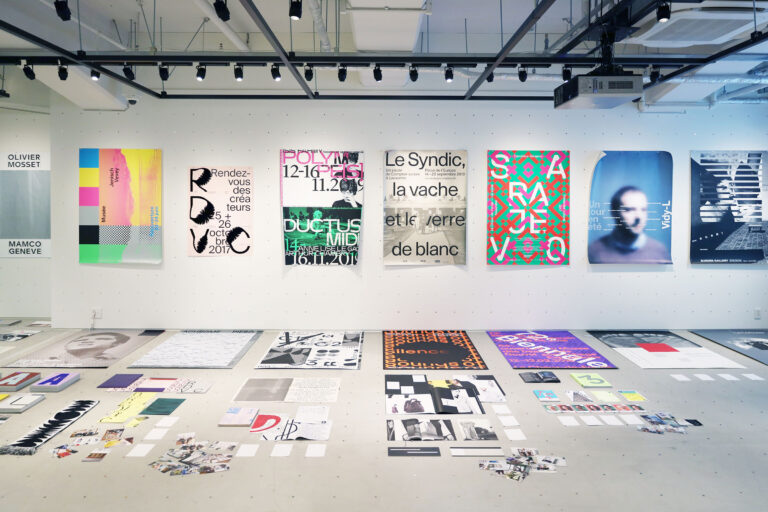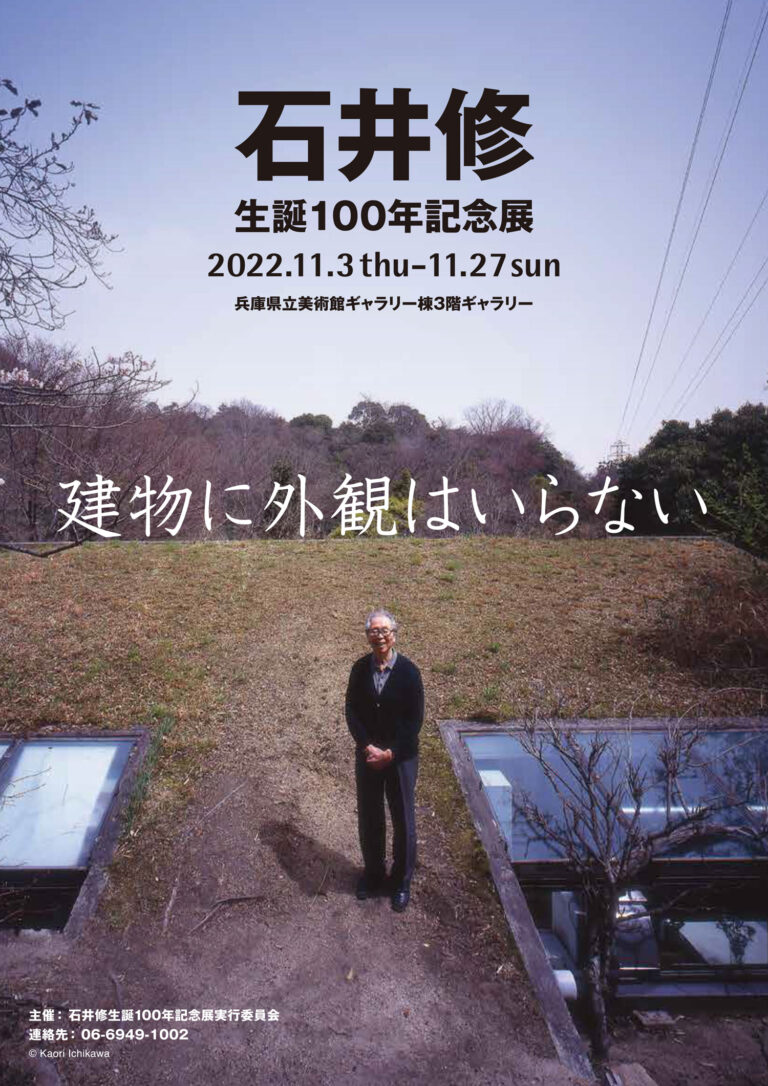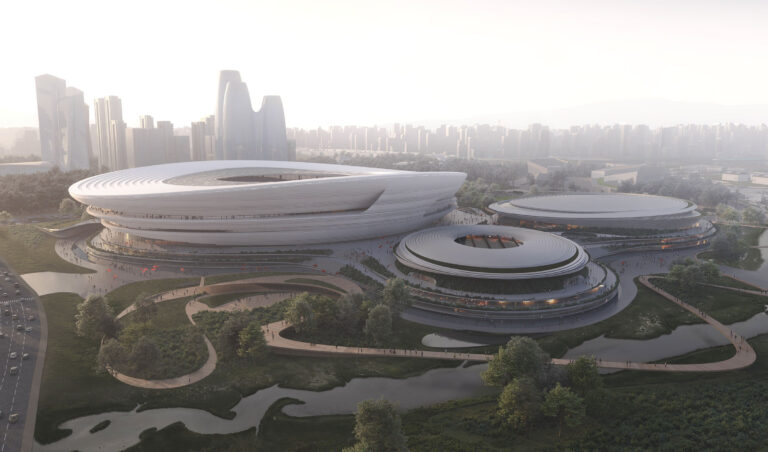
SHARE ザハ・ハディド・アーキテクツによる、中国の「杭州国際スポーツセンター」。サッカー場・屋内アリーナ・プール等を収容。試合のない日にも活用される施設を目指し、プログラムの検討と共に敷地の約半分を公共空間として設計。換気や発電と排水に関しても環境への最適化を行う



ザハ・ハディド・アーキテクツによる、中国の「杭州国際スポーツセンター」です。
サッカー場・屋内アリーナ・プール等を収容する建築です。建築家は、試合のない日にも活用される施設を目指し、プログラムの検討と共に敷地の約半分を公共空間として設計しました。また、換気や発電と排水に関しても環境への最適化を行う事も計画されています。
こちらはリリーステキストの翻訳
ザハ・ハディド・アーキテクツが杭州国際スポーツセンター建設へ
中国・杭州
ザハ・ハディド・アーキテクツ(ZHA)は、新しい杭州国際スポーツセンターの設計コンペに勝利しました。
杭州国際スポーツセンターは、6万人収容のサッカースタジアムと練習場、1万9000人収容の屋内競技場、50mプール2面を備えたアクアティクスセンターを含む設計となっています。杭州市の未来科学技術文化地区内に位置するこのスポーツセンターには、新しいリバーフロントパークと公共広場が設けられ、拡大する市内の地下鉄網の3号線と5号線に直接アクセスできるようになっています。
世界有数の電子商取引の中心地のひとつである杭州には、中国最大のテクノロジー企業が数多くあり、それらが、IT専門家や起業家を引き付け、全国から集まり、この街で生活や仕事をするようになりました。杭州の人口増加に対応するため、国際スポーツセンターは、草の根のプレーヤーからプロのアスリートまで、さまざまな施設を提供できるよう設計されています。各会場はコンパクトに設計され、その方向性や構成と共に、敷地のほぼ半分を街の新しい公共空間として生まれ変わらせることができます。街の都市計画や川沿いの自然景観と一体化したこのセンターには、イベントやレクリエーション、リラクゼーションのための新しい公園や集会場が組み込まれています。
センター内で最大の施設として、13万5,000㎡のサッカースタジアムが、新しい公園の東側に位置し、街に面しています。スタジアムの西側と南側には、インドアアリーナとアクアティクスセンターがあり、敷地内を縫うように配置された基壇によってスタジアムに接続されています。
杭州の丘陵地帯に広がる茶畑の段々畑をイメージした縞模様の45,000㎡の基壇には、トレーニング、フィットネスホール、ロッカールーム、オフィス、ショップ、レストラン、カフェなどのスポーツセンターの付帯設備があり、基壇の中庭とテラスを見渡すことができます。
多くのスタジアムの強固なファサードとは異なり、杭州国際スポーツセンターのスタジアムのファサードは、ルーバーで外部に開放されており、保護されたテラスには様々な飲食店が入っていて、街のパノラマビューを楽しむことができます。FFIFA規格に基づき設計されたスタジアムの客席は、観客がプレイフィールドとできるだけ近くなるように構成されており、どの席からも最高の眺望をもたらします。そして、スタジアム全体を通して、ピッチ上の選手とスタジアムの座席に座るファンのために、マッチデーの雰囲気を盛り上げます。これらのプログラム要件は、ルーバーのファサードの起伏として表現されるジオメトリを定義しています。
スタジアムのルーバーファサードは、内部と外部の境界を曖昧にしています。ルーバーの素材感やディテールは、近くから見ると、スタジアムが地層的な固まりであるかのように見えます。遠くから見ると、ルーバーのファサードは透明になり、スタジアムの客席の下にある公共空間と都市をつなぎます。
19,000席の収容能力を持つ74,000㎡の屋内競技場は、スタジアムと独立して運営することができ、バスケットボールなど中国で最も人気のあるスポーツや、大規模な音楽・文化イベントの開催に対応できるよう、最大限の柔軟性を持って設計されています。
公園の西端に位置する15,000㎡のアクアティクスセンターは、2つの50mプールを備え、初心者からエリートスイマー、ダイバーまで、あらゆるレベルの競技、トレーニング、指導に適しています。最大800人の観客を収容できる地区レベルの競技用プールのほか、地元の学校の授業にも利用でき、毎週何千人もの子供たちが水泳というライフスキルに必要なスキルを学べるようになっています。
温暖な杭州に位置するインターナショナル・スポーツ・センターは、中国のグリーンビルディング・プログラムの最高ランクである3つ星の設計で、各会場は1年の大半を自然ハイブリッド換気により最適な環境を提供します。年年間日射量分析により、ファサードの外部ルーバーの構成が決定され、ソーラーパワーを取り入れて全会場の太陽光発電が行われます。また、地中熱交換・回収システムにより、全施設の効率的な運用を実現しています。
センターのランドスケープは、川岸に湿地帯を設け、この地区の排水ネットワークに不可欠なものとなっています。雨水や雑排水を集めてろ過し、再利用するこのネットワークでは、この地域に生息する水生動植物を利用して、汚染物質を自然に除去しています。
プロジェクト全体の完成までに発生する二酸化炭素を削減するため、ZHAの最適化プロセスは、構造体に必要な材料の量を最小限に抑え、リサイクルや再生可能な材料を増やすために開発された地元のサプライチェーンや調達システムと統合されています。
試合の日だけ訪問者を歓迎し、使用されていないときに都市の構造への障害として機能するほとんどの大規模スタジアムの単一用途のプログラミングとは対照的に、杭州国際スポーツセンターの多くの多様なスポーツ、レクリエーション、レジャー施設、その公共広場や川沿いの公園に加えて、センターは毎日と夜を通して、コミュニティのために人気のある集会場所になるでしょう。
以下の写真はクリックで拡大します










以下、建築家によるテキストです。
Zaha Hadid Architects to build Hangzhou International Sports Centre
Hangzhou, China
Zaha Hadid Architects (ZHA) has won the competition to design the new Hangzhou International Sports Centre.
Incorporating a 60,000-seat football stadium and practice pitches, the Hangzhou International Sports Centre’s design also includes a 19,000-seat indoor arena as well as an aquatics centre with two 50-metre pools. Located within Hangzhou’s Future Science and Technology Cultural District, the sports centre establishes a new riverfront park and public plazas with direct access to Lines 3 and 5 of the city’s expanding metro network.
One of the world’s leading centres of e-commerce, Hangzhou is home to many of China’s largest technology companies which attract IT professionals and entrepreneurs from across the country to live and work in the city. Accommodating Hangzhou’s growing population, the International Sports Centre’s design provides a variety of facilities for grassroots players to professional athletes. The compact design of each venue, together with their orientation and composition, allows almost half of the site to be transformed into new public spaces for the city. Integral to the district’s urban plan and the natural landscapes along the riverbank, the centre incorporates new parks and gathering places for events, recreation and relaxation.
As the largest venue within the centre, the 135,000 sq.m football stadium is situated on the eastern side of the new park to face the city. Located to the west and south of the stadium, the indoor arena and aquatics centre are connected to the stadium by the centre’s layered podium that weaves through the site.
Informed by the terracing of the tea farms on Hangzhou’s surrounding hillsides, the striated 45,000 sq.m podium houses the sports centre’s ancillary facilities that are shared between the venues including training and fitness halls, locker rooms, offices as well as shops, restaurants and cafes overlooking the podium’s courtyard and terraces.
Unlike the solid facades of most stadiums, the facade of the Hangzhou International Sports Centre’ stadium is open to the exterior with louvres sheltering terraces that host a variety of food and beverage outlets offering panoramic views across the city. Designed to FIFA standards, the stadium’s seating bowl is configured to bring spectators as close as possible to the field of play and ensure excellent, unrestricted views from every seat; creating an intense matchday atmosphere for players on the pitch and fans seated throughout the stadium. These programmatic requirements define geometries that are expressed as undulations within the louvred facade.
The stadium’s louvred facade blurs the boundary between interior and exterior. The louvres’ materiality and detailing give the stadium a stratified, geological appearance of solidity when viewed from nearby. When viewed from a distance, the louvred facade becomes transparent, connecting the public spaces beneath the stadium’s seating bowl with the city.
With a capacity of 19,000 seats, the 74,000 sq.m indoor arena can operate independently to the stadium and is designed with maximum operational flexibility to host many of China’s most popular spectator sports such as basketball in addition to large music and cultural events.
Situated on the western edge of the park, the 15,000 sq.m aquatics centre incorporates two 50-metre pools suitable for competitions, training and teaching at all levels from beginner to elite swimmers and divers. Accommodating district-level competitive events with up to 800 spectators, the pools can also host local schools for lessons, ensuring many thousands of children each week will learn the essential life-skill of swimming.
Located within the warm temperate climate of Hangzhou, the International Sports Centre has been designed to the highest 3-Star rating of China’s Green Building Program with each venue providing optimal conditions using natural hybrid ventilation most of the year. Annual solar irradiation analysis has determined the composition of the facade’s external louvres while photovoltaics will harvest solar power for all venues. Ground heat exchange and recovery systems will ensure the most efficient operations of all facilities.
The centre’s landscaping establishes wetlands along the riverbank that are integral to the district’s drainage network. Collecting and channelling rain and grey-water for filtration and re-use, this network uses aquatic flora and fauna native to the region to naturally remove contaminants.
To reduce the embodied carbon throughout the project, ZHA’s optimization processes minimise the amount of materials required for the structure and are integrated with local supply chains and procurement systems that have been developed to increase the recycled and recyclable content.
In contrast to the single-use programming of most large stadiums that only welcome visitors on match days and act as an obstruction to the city’s urban fabric when not in use, the many varied sporting, recreational and leisure facilities of Hangzhou International Sports Centre, in addition to its public plazas and riverfront park, ensure the centre will be a popular gathering place for its community throughout each day and evening.
■建築概要
Project Team
Architects: Zaha Hadid Architects (ZHA)
Design: Patrik Schumacher
ZHA Project Director: Charles Walker, Nils Fischer
ZHA Project Associate: Jakub Klaska, Lei Zheng
ZHA Competition Team: Joshua Anderson, Daniel Boran, Chun-Yen Chen, Hung-Da Chien, Michael Forward, Matthew Gabe, Rupinder Gidar, Jinqi Huang, Charlie Harris, Ivan Hewitt, Han Hsun Hsieh, Sonia Magdziarz, Xin Swift, Chris Whiteside
───
Consultants:
Sports Consultant: Clive John Lewis
Lighting: Lichtvision Design Ltd.

